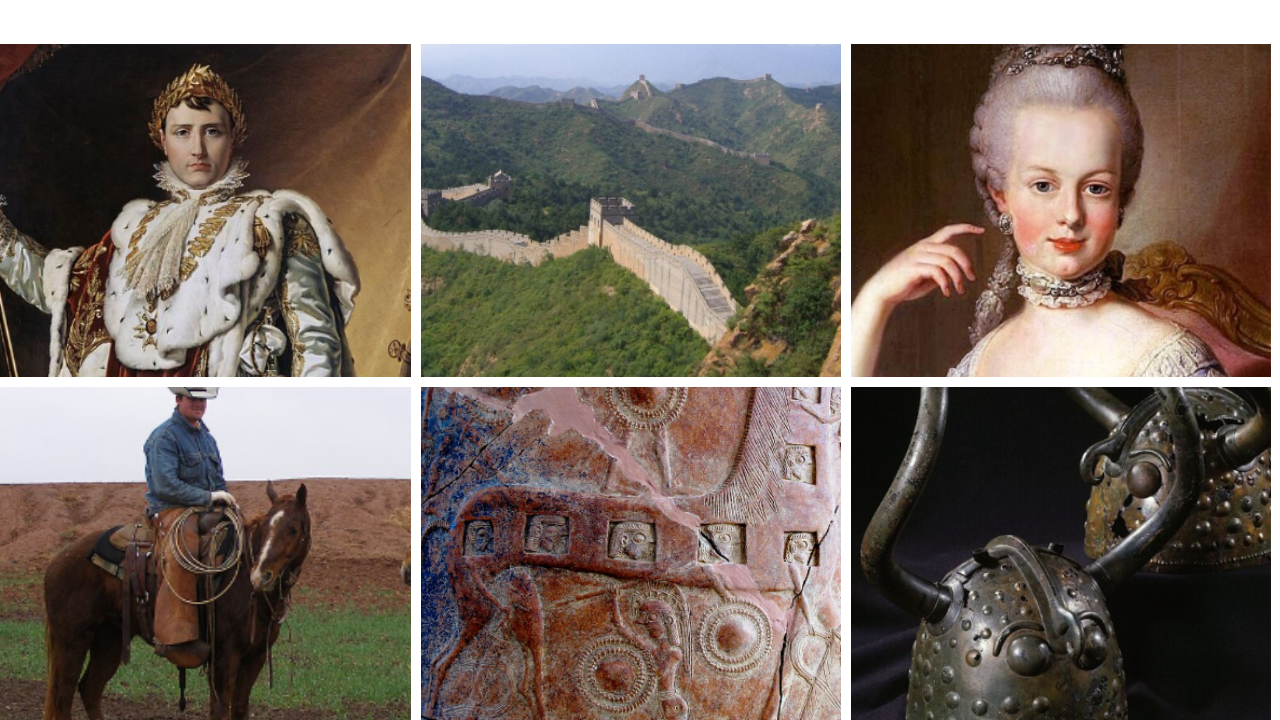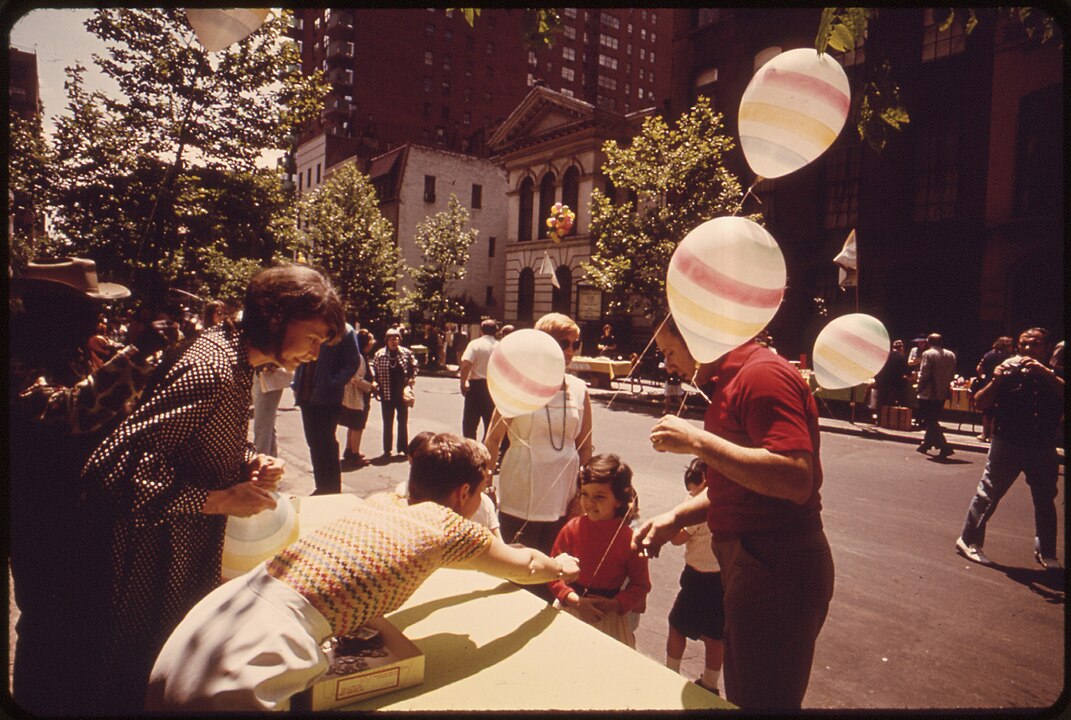History has never been a fixed script. As archives open, scientific tools sharpen, and long-ignored voices step in, familiar stories shift under the weight of better evidence. Popular myths still travel fast, carried by movies, textbooks, and nostalgia, but they rarely survive close inspection. What replaces them is not dry correction, but a truer sense of how people lived, lied, hoped, and recorded themselves. These nine myths fall apart under that light, and the real stories are far more interesting.
Vikings And The Horned Helmet Legend
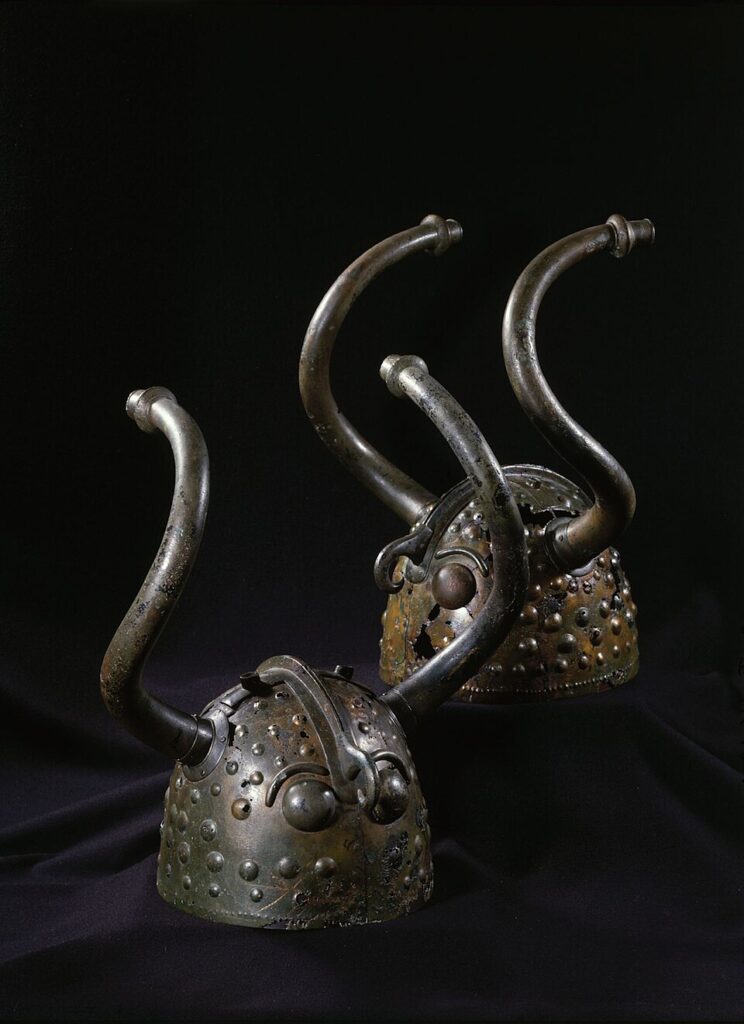
Archaeology has yet to produce a single Viking battle helmet with horns. The image took shape in the 1800s, when artists and opera costume designers leaned into drama and silhouette, then filtered into postcards, sports logos, and film. Excavated helmets are sturdy, practical iron or leather, built for shield walls and cramped ships, not pageantry, confirming that real raiders favored survival over spectacle.
Columbus And The Flat Earth Story
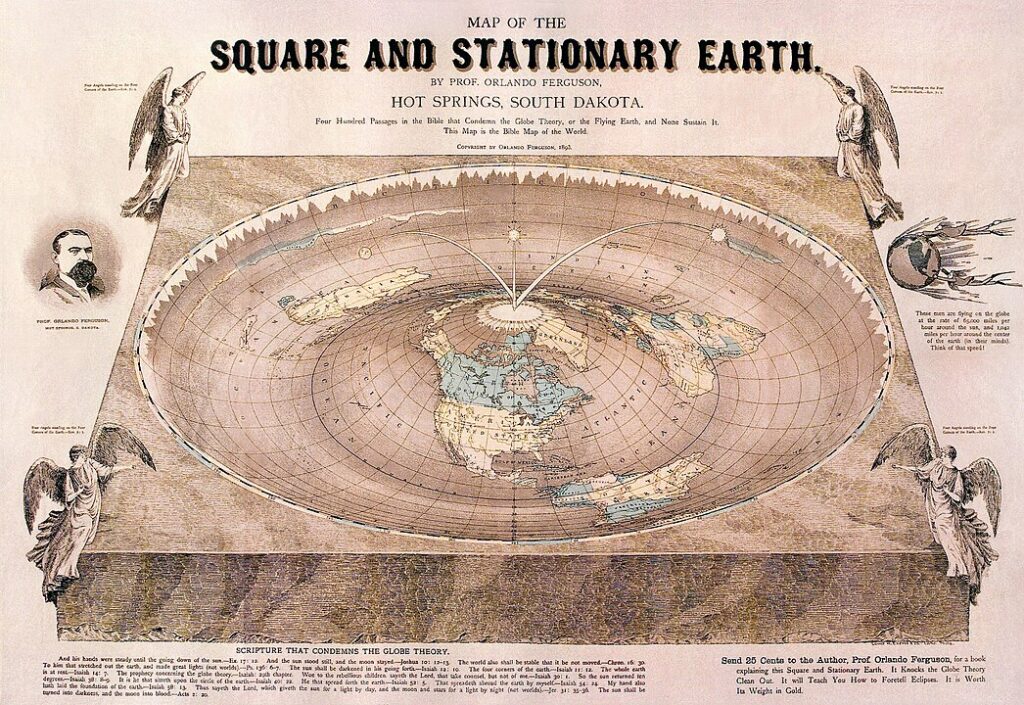
Medieval scholars, sailors, and mapmakers already accepted a round Earth, drawing on classical calculations that came surprisingly close. Columbus did not battle flat Earth panic; he gambled on a shorter route by underestimating the planet’s size, while critics doubted his math, not the globe itself. The myth of a lone genius versus ignorant masses emerged later, flattering modern self-confidence more than it reflects 15th century thought.
The Great Wall As Space’s Solo Spectacle

The claim that the Great Wall of China is the only human structure visible from space survives because it sounds grand, not because it holds up. Astronaut accounts and imaging studies show that the wall’s narrow, earth-toned line blends into surrounding ridges, while cities, highways, runways, and farmland patterns stand out more clearly. The myth lingers as a patriotic shorthand, but actual orbital views are messier, brighter, and far less romantic.
Napoleon And The Not-So-Short Emperor
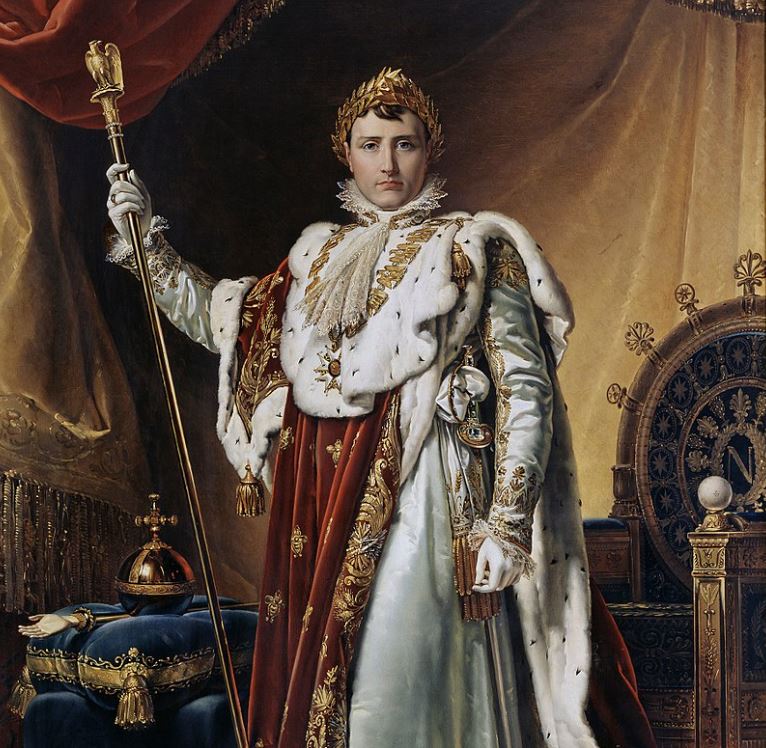
Contemporary records list Napoleon at about 5 feet 6 or 7, close to or slightly above average for French men of his era once French inches are converted correctly. British cartoonists and political rivals shrank him on paper to cut him down in spirit, and the joke stuck better than the measurements. Modern biographies and medical reviews quietly restore him to ordinary height, shifting attention back to ego, ambition, and propaganda.
Salem Witches And Imagined Fires
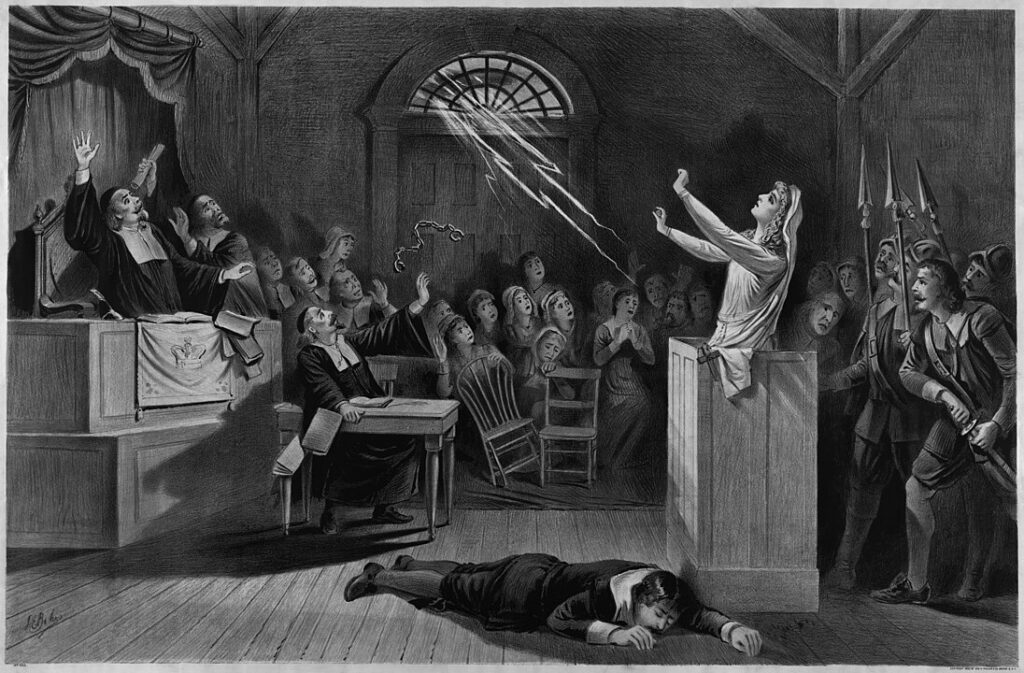
No one condemned in the Salem witch trials was burned at the stake. Court records and local histories make it clear: nineteen people were hanged, one was pressed to death, and several died in jail, while burning was largely a European punishment. The bonfire image grew later through fiction, tourism, and Halloween iconography, blurring a specific New England trauma into a generic horror scene and dulling its precise legal and social context.
Marie Antoinette And The Cake She Never Offered

The famous line let them eat cake appears in Rousseau’s writing before Marie Antoinette reached France and is attributed vaguely to a great princess. Revolutionary pamphlets and official records, eager to vilify her, still never pin that phrase on her in real time. Only decades later does the quote settle onto her name, turning a complex, constrained figure into a neat emblem of elite indifference that modern research cannot substantiate.
Cowboys, Westerns, And The Erased Majority
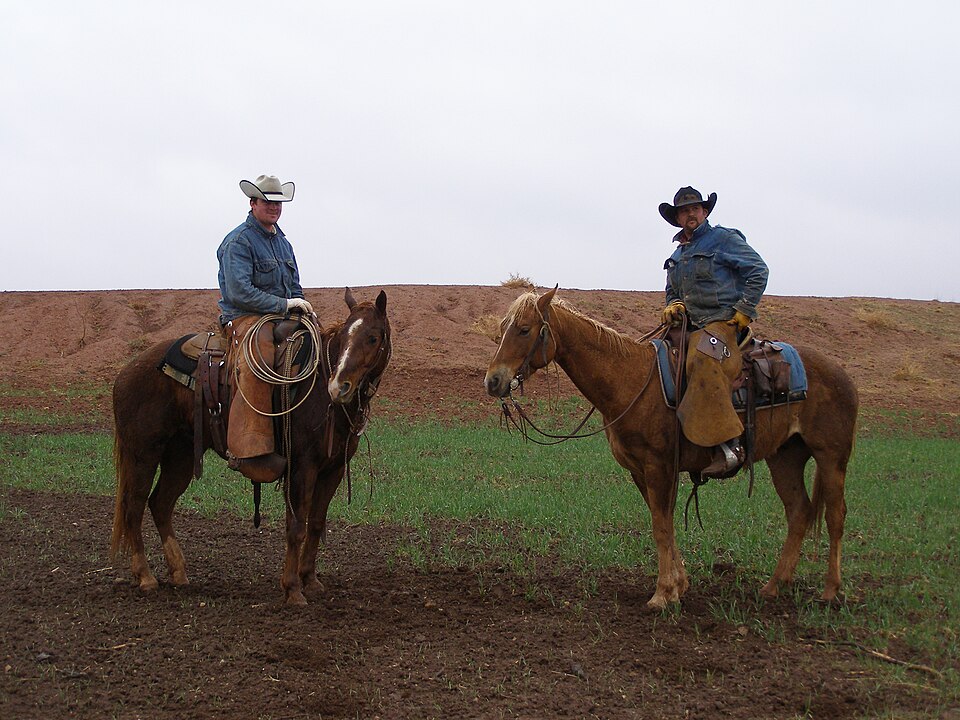
Payroll records, photographs, oral histories, and ranch archives point to a far more diverse West than classic films suggest. Historians estimate that up to a quarter of working cowboys were Black, alongside Mexican vaqueros and Native riders whose skills shaped roping, herding, and horse culture across the plains. The lone white gunslinger myth survives on screen, while museums and festivals now work to align public memory with the documented trail.
Roman Vomitoriums And Invented Decadence
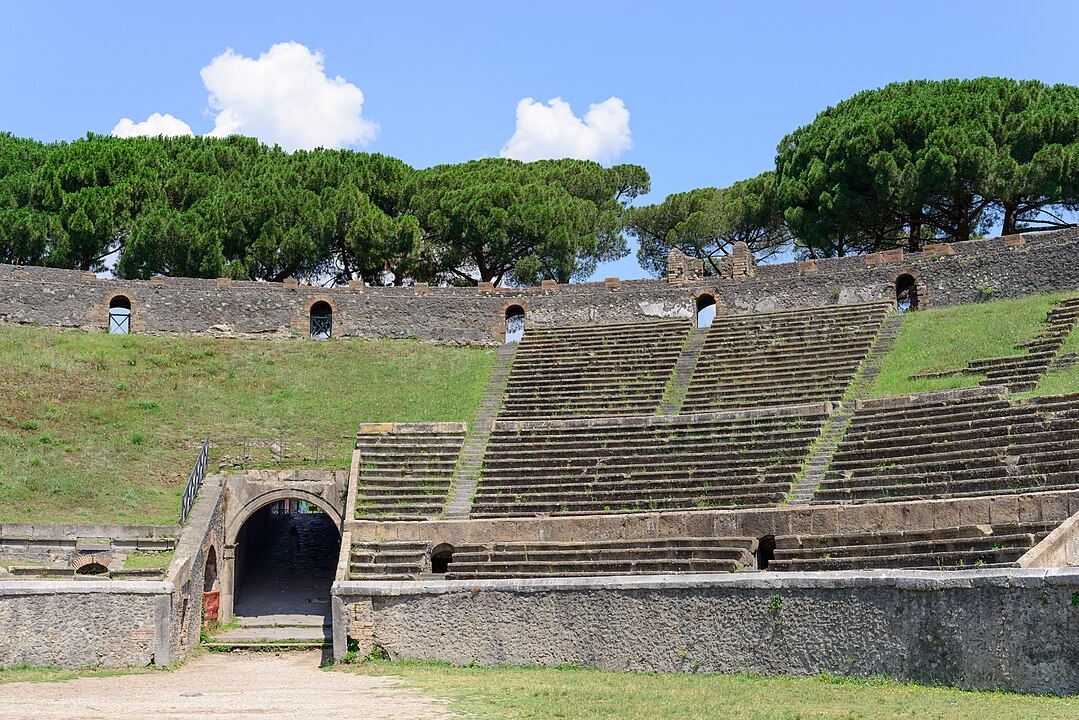
The lurid story of elite Romans slipping into special rooms to purge between courses rests on a misunderstanding. In Latin, a vomitorium is simply an architectural passage in theaters and arenas designed to let crowds pour in and out efficiently. No ancient source uses the term for a feasting chamber. Later writers and pop culture turned a practical doorway into a moral lesson about excess that says more about them than about Rome.
The Trojan Horse As Literal Siege Engine
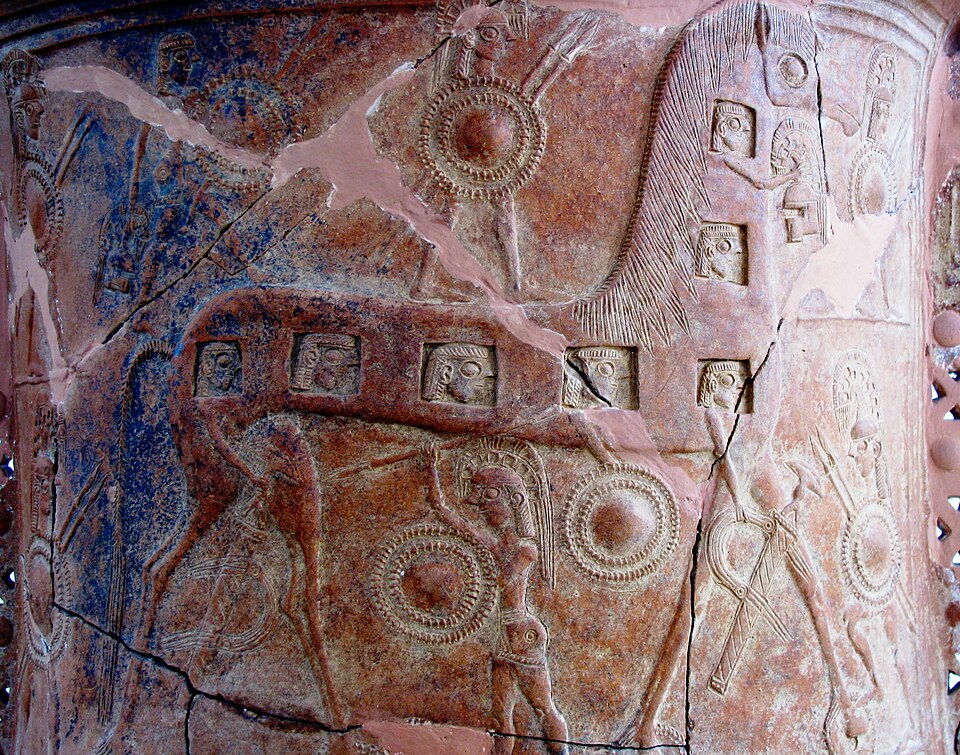
Archaeology at Hisarlik supports the existence of a fortified city identified with Troy and layers of violent destruction, but not a preserved wooden horse. The famous story reaches us through epic poetry crafted centuries after the supposed war, blending memory, metaphor, and theater. Many scholars now read the horse as symbolic shorthand for siege tactics, hidden attackers, or ritual imagery rather than a straightforward battlefield report carved in oak.
